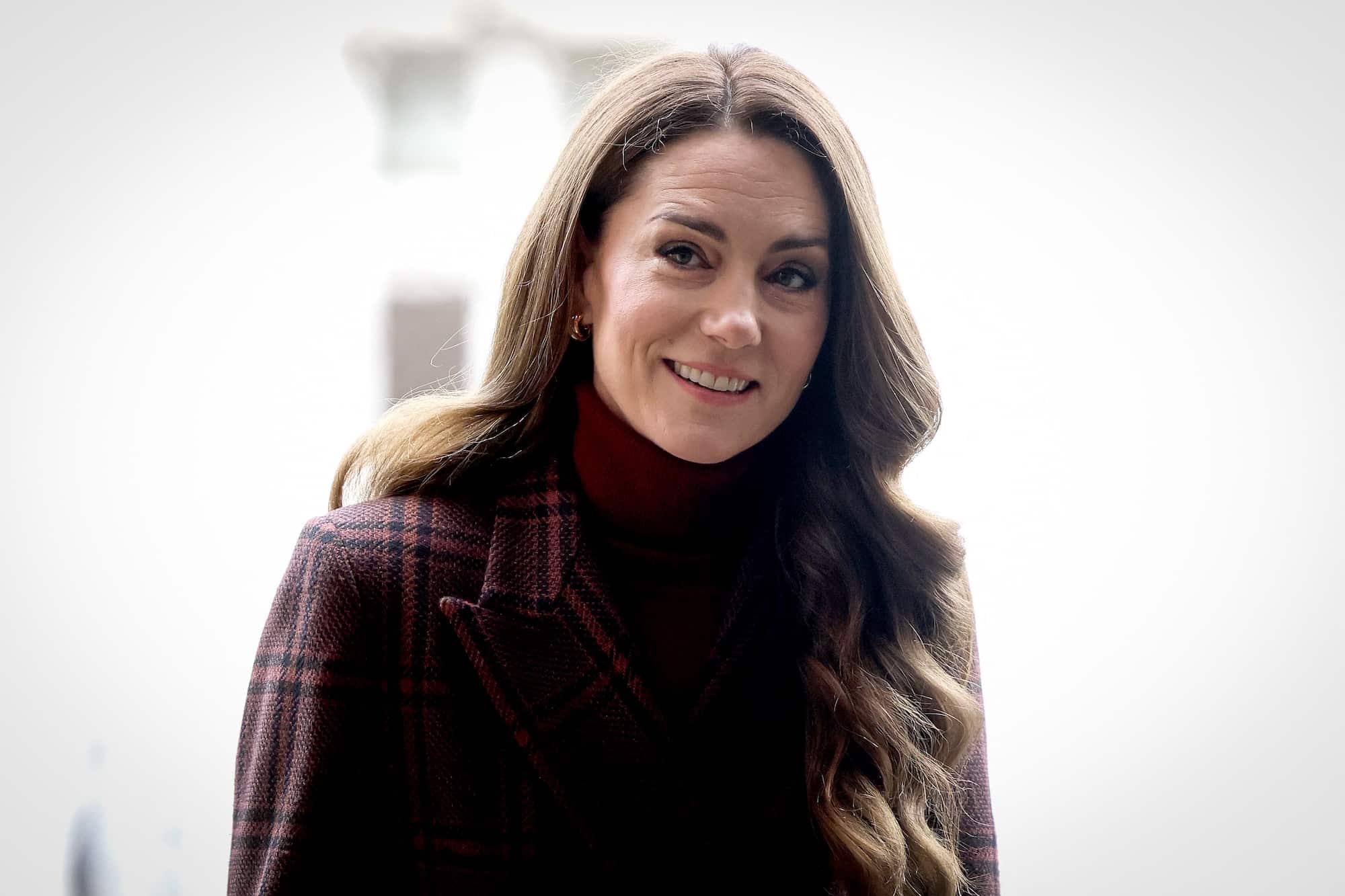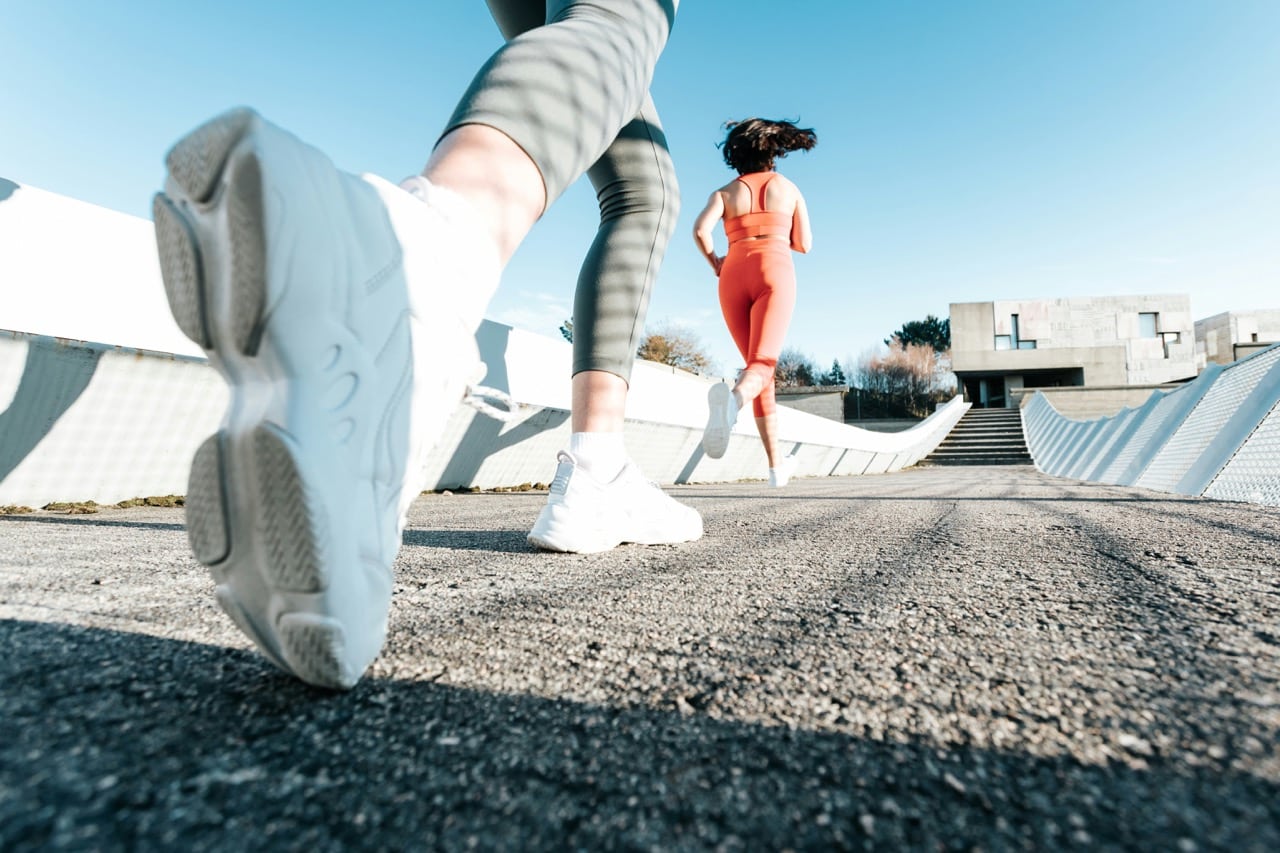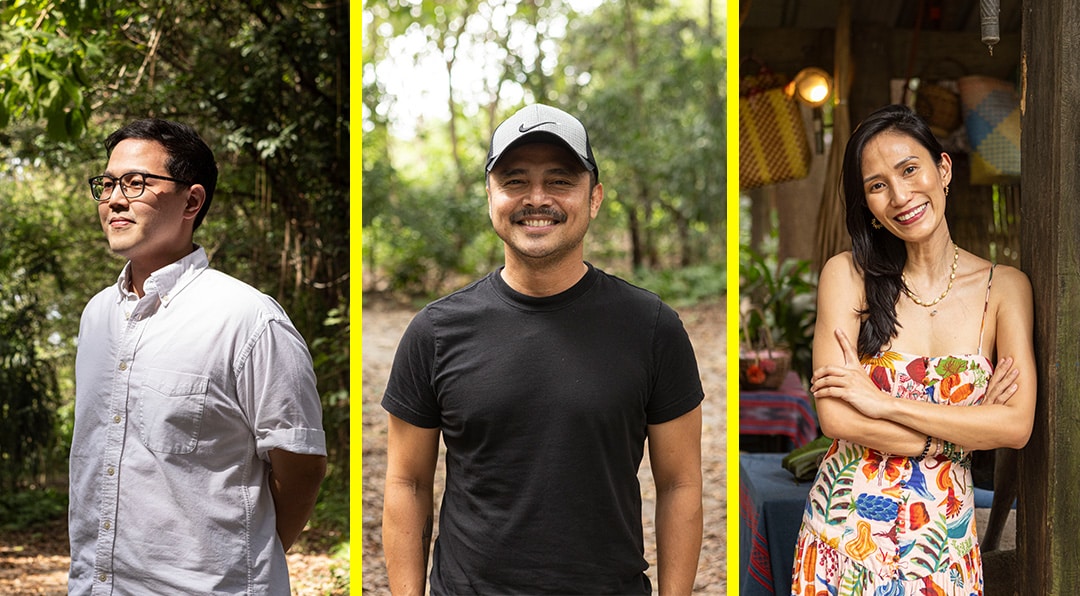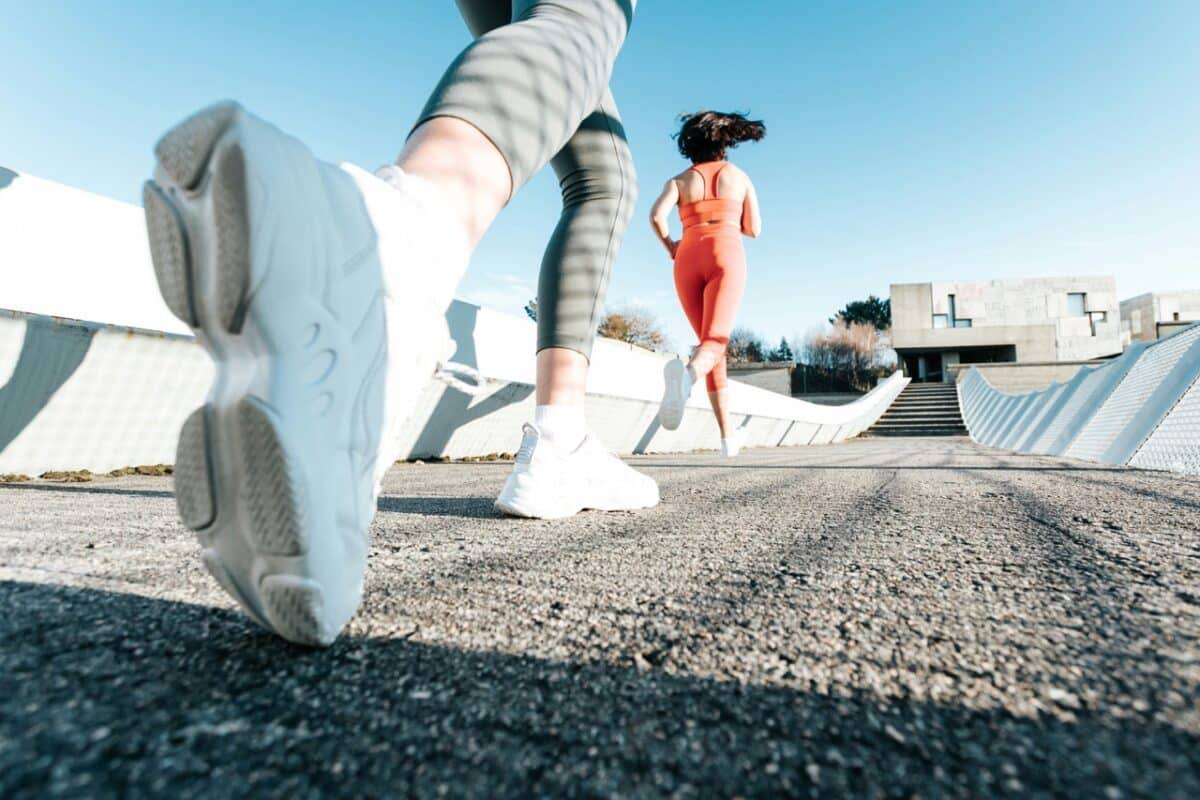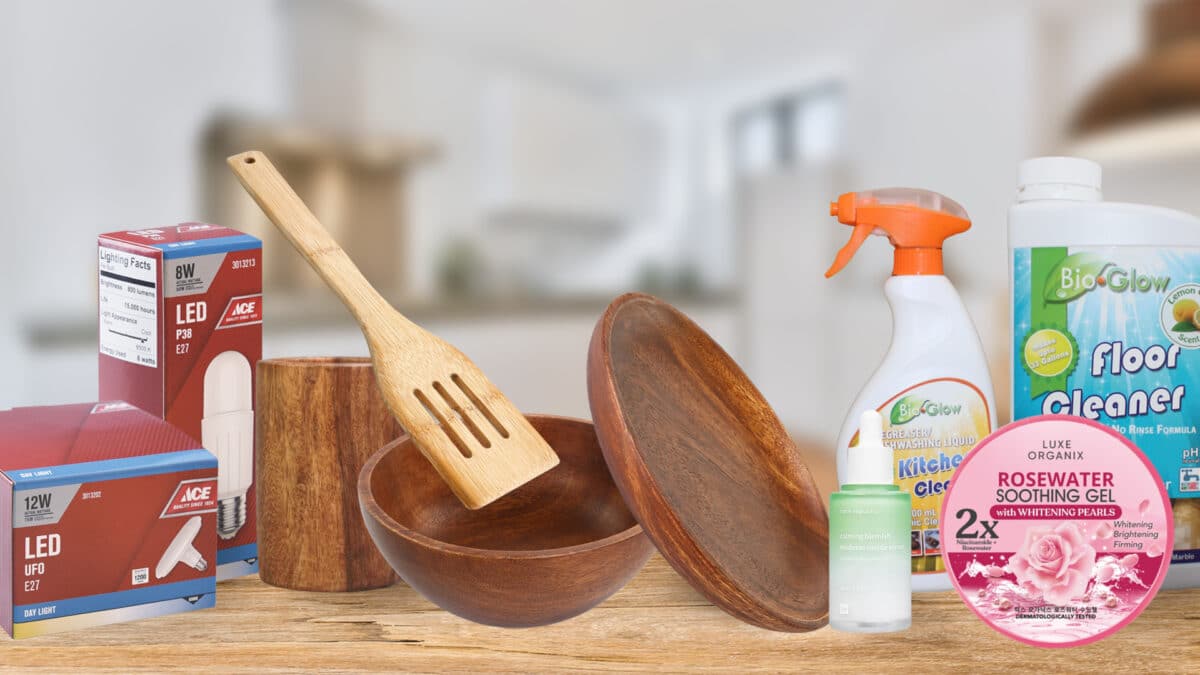The day began like any ordinary Monday morning. My son and I had just finished brunch. He was getting ready for school and I was preparing for my day.
I glanced down and noticed the rashes on my forearms. I went to the bathroom to check my face, and it looked flushed. I lifted my shirt and was astounded to see more red rashes on my stomach area! We rushed to the nearest hospital.
We were directed to the emergency room, where, based on my symptoms, everyone thought it was an adverse reaction to something I ate or inhaled. I was given a shot of diphenhydramine to help with the rashes. After a few minutes, I grew woozy, but managed to stay awake until the ER doctor came to see me.
“All your tests are good but I’d like you to return tomorrow and get a repeat complete blood count and the three dengue tests.” Dengue? I didn’t have any fever.
“Dengue now presents itself in many different ways. Let’s just be sure we don’t miss anything,” she said.
On the way home I tried to recall if I had any of the classic symptoms. All I remembered was a mild case of the chills.
Back home, the rashes multiplied by the hour. By the time I woke up the next day, my whole body was covered in rashes and my cheek was swollen.
Back in the hospital lab, I had a repeat CBC and all three dengue tests: the dengue NS1 antigen test, which detects the presence of infection from day 1 of the fever; an IgM dengue sensitivity test that picks up if you have antibodies from a current and active infection; and the IgG test, referring to the antibodies that are formed later.
Two hours later, it was confirmed: my white blood cell count was at below normal levels, and I indeed had dengue.
Astute and caring
Rather than getting anxious, I gave thanks for the rash that came out early and prompted me to head to the ER.
I was thankful, too, to the astute and caring ER doctor at St. Luke’s Global City, who insisted I return for tests. It was a series of events that saved me from what might have been something more serious.
If I had continued my crazy schedule, there might have been more dengue complications. Because of the diagnosis, I had no choice but to keep still in the next few days as we monitored my platelet count.
In any challenging situation, there are always two choices— you can panic and flail, or you can take a deep breath, gather your wits and pray. I chose to do the latter.
In the days that followed, I was all by myself, recuperating at home, resting like I’d never rested these past few months, and focusing on prayer and getting well.
I was grateful to wonderful doctor friends who kept close tabs on me throughout that week. The love and care of neighbors and friends kept me afloat, and fruits were in abundance on my doorstep, all week long.
I took every recommended treatment—tawa-tawa drops, zinc tablets, extra doses of vitamin C—slept as much as I could, and drank at least four liters of water spiked with oral rehydration salts.
By Saturday, my platelets and blood count were back to normal, and my doctor had cleared me of dengue.
I had what is called atypical dengue, which presents itself with hardly any symptoms. I had no fever at all. It goes to show that one can never be too careful.
When in doubt, go have that CBC done and take a close look at your platelets and white blood cell count. When still in doubt and not feeling well, go get a second test and maybe even the dengue tests, if your doctor thinks you need to be tested.
I’m now what is called a seropositive patient for dengue, which—according to my good friend, Dr. Wen del Rosario, who is both an OB-gyne and an infectious disease specialist with a special interest in vaccine development—makes me a good candidate for the dengue vaccine.
Higher chance
If you are not seropositive, don’t bother with the vaccine. Del Rosario says, “Those who are seronegative have a higher chance of developing severe dengue when exposed to a subsequent infection—for example, if you are bitten by a mosquito carrying a different serotype.”
She adds that the current controversial vaccine affords only a 60-percent degree of protection against reinfection, and does not protect equally well against all four virus types. I ask her, where does that leave people like myself who are interested in getting a vaccination?
For now it, seems the best option is to wait. Del Rosario says that there are at least two promising vaccines in the pipeline expected to hit the market between 2020 and 2022.
One of them, TV003/TV005, is co-developed by the National Institute of Allergy and Infectious Diseases (NIAID), National Institutes of Health (NIH) and the Butantan Institute in Brazil, where dengue is endemic. It is in Phase III Clinical Trials, and if successful, can be in the market by 2020.
Between now and the next vaccine, we need to be even more proactive about protecting ourselves. I’ve been bathing in mosquito repellent every day now, and the scent of eucalyptus and citronella constantly fills the air in my home.
An inspection of my surroundings for pools of clean stagnant water is part of my daily routine.
Dengue is a serious matter. The World Health Organization estimates that up to 400 million dengue infections occur annually, resulting in half a million hospitalizations.
The week that I was sick, 12 of my friends came forward to tell me about their or their family’s experience with dengue, and majority of them were hospitalized.
A vaccine that will be proven safe for adults and children will still be our best hope against this scourge.
E-mail the author at [email protected]

